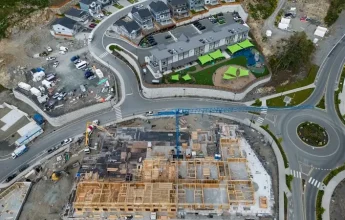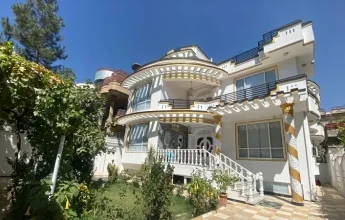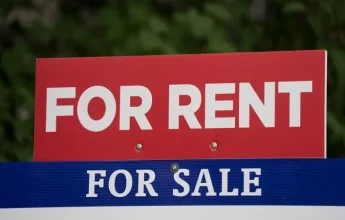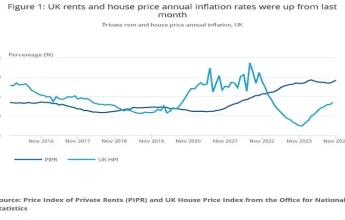Number of property deals in Saudi Arabia surged in first half of 2024
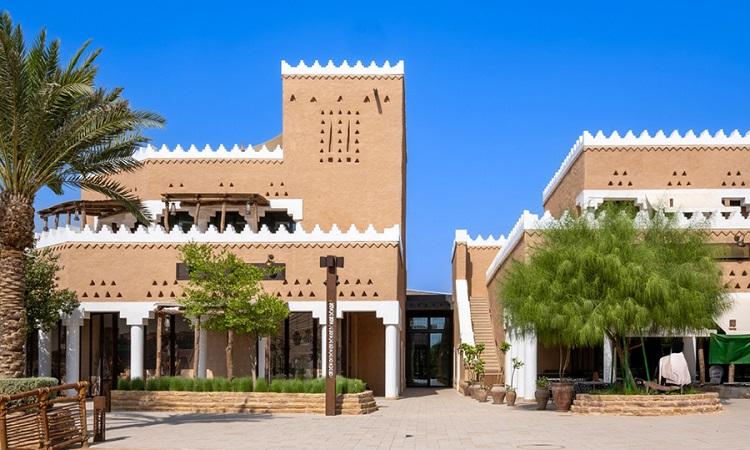
The report from the real estate consultancy said that the sector’s uplift was driven by the residential segment, which accounted for 91,860 transactions, or 86% of the total number of H1 transactions (106,700). In terms of deal value, the residential segment comprised 61% of the total.
Knight Frank attributes the surge in demand for residential properties to the Kingdom’s housing programs, government initiatives promoting affordability, and public and private partnerships.
In 2023, over 96,000 families benefited from the Kingdom’s Housing Program which helps to facilitate access to affordable home financing solutions. In addition, more than 20,000 families were assisted through homeownership tracks via the Development Housing Program, which offers eligible families and those who need usufruct rights on homes donated through the government’s housing Support Portal.
The government has launched multiple housing projects aimed at and affordability, such as the Sakani and Wafi programs. Knight Frank said that the effects of these programs are now increasingly extending to secondary and tertiary cities across the country. By the end of 2023, the percentage of Saudi homeowners had reached 63.74%, a 16.7% increase on 2016, when the National Transformation Plan was unveiled.
The government has also been actively partnering with private sector players to expedite the construction of new homes.
On the financial side of the market, the total number of mortgages issued for home ownership between January-May 2024 increased by 6.7%, compared to a decline of 35% over the same period last year. In parallel, the total value of mortgages issued increased by 3.9% to SAR 36.2 billion during the same period.
Meanwhile, the introduction of regulations allowing foreign investors to own property in Saudi Arabia through new Premium Residency Visa options unveiled in January has also opened the market to international buyers, further driving demand. Among the new Premium Residency Visa options, one that particularly stands out is the visa linked to owning real estate property or properties worth over SAR 4 million.
The growth in cities
Riyadh continues to stand out among Saudi Arabia’s major cities, bolstered by government initiatives aimed at enhancing its economic, cultural, and entertainment appeal. Undertakings like Programme HQ fuel residential demand as businesses expand and regional headquarters relocate to the capital.
Over the past year, residential transaction volumes in Riyadh surged by 49%, outpacing Jeddah at 27%, Dammam Metropolitan Area at 29%, and Madinah at 21%. Makkah was the only city where transaction volumes declined by 6%.
“The capital’s growing population, coupled with increasing urban migration and ongoing government housing initiatives to achieve 70% homeownership by the end of the decade, is also driving increased demand for housing,” said Knight Frank.
However, with strong price growth registered over the past few years, affordability challenges are emerging in some segments of the market. The researchers said that the price of properties is mostly dependent on factors such as demand, location, infrastructure, and the quality of local services and amenities.
In related news, previous research from Knight Frank found that a growing number of residential sales in the Kingdom are closed by rich Muslims living abroad, in particular in the Holy Cities of Mecca and Medina.


